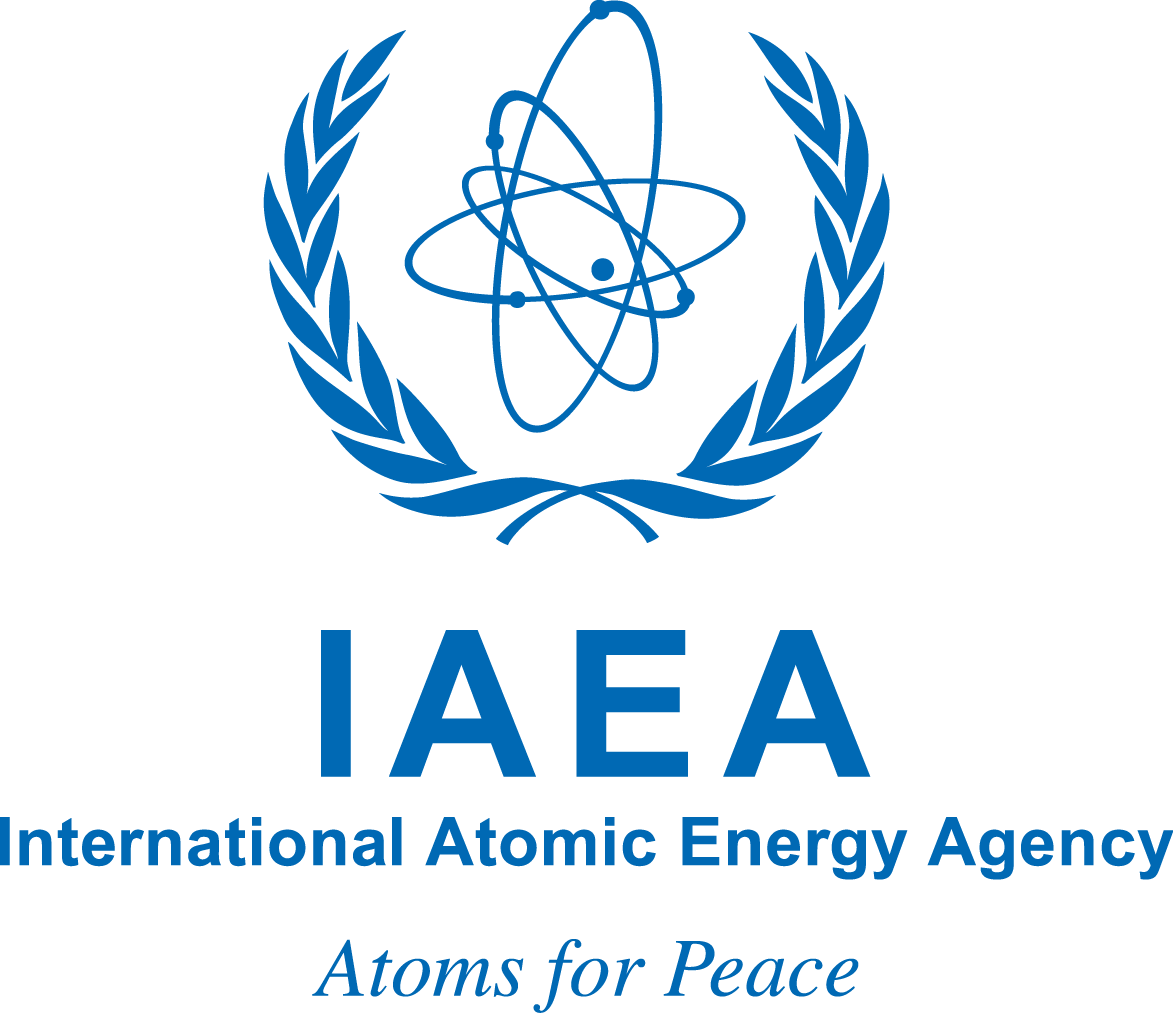Part 3 of 4 Parts (Please read Part 1 and Part 2 first)
Many advanced reactor developers have decided to move forward in the hope that access to HALEU fuel will materialize because the use of that fuel is critical to the concept and value propositions of their designs. The higher enrichment level means that a reactor can achieve more nuclear fission and, thus, more energy out of HALEU fuel than from conventional uranium reactor fuel. Jacob DeWhitte is the CEO and co-founder of Oklo. He explained that “It's like a really good, high-content firewood that is really dry compared to one that is damp.”
In general, more neutrons cause fission out of those absorbed in the fuel when HALEU is burned. This means that the reactor can run more efficiently. This also means that HALEU reactors can operate longer, be smaller and be simpler than current commercial power reactors which burn a uranium mixture which is five percent U-235. All these supposed benefits of HALEU are what would theoretically allow advanced reactor designs to be commercially competitive in the current competitive energy market.
The advantages of HALEU fuel for reactor performance are such that, if a domestic supply of HALEU did become widely available, Terrestrial Energy would consider switching to HALEU according to Irish who said, “Over the long term we are interested (in using HALEU).”
TerraPower, which is developing the Natrium sodium fast reactor with GE Hitachi Nuclear Energy, is also betting on HALEU as the nuclear fuel of the future. At three hundred and forty-five megawatts, the Natrium reactor is much bigger than Oklo’s micor-reactor. The Natrium reactor relies on the high U-235 content of HALEU to allow the reactor to run efficiently, especially when ramping up or down to follow changes in load driven by renewable energy. Load following is a major advantage of many new advanced reactor designs. TerraPower and Centrus have said that they intend to work together to expand HALEU fuel production after Centrus’ DoE pilot contract runs out in 2022.
It requires the same technology to enrich uranium to five percent U-235 as it does to enrich it to the ten to twenty percent U-235 for HALEU. The only difference is that more centrifuges are required to produce the same amount of HALEU fuel, said Kurt Schnoebelen of Urenco.
With respect to the adoption of these new HALEU burning, the much greater challenge is regulatory in nature. As part of the safeguards in place to prevent the proliferation of nuclear weapons, the International Atomic Energy Agency classifies HALEU as a Category II nuclear material because its level of enrichment creates a much greater risk of it being used in weapons. A uranium enrichment facility that handles HALEU fuel must adhere to many additional security measures that do not apply to current commercial facilities. As a result, a company such as Urenco cannot just add more centrifuges to an existing facility. It must construct a separate facility to enrich uranium to HALEU according to Schnoebelen.
Please read Part 4
